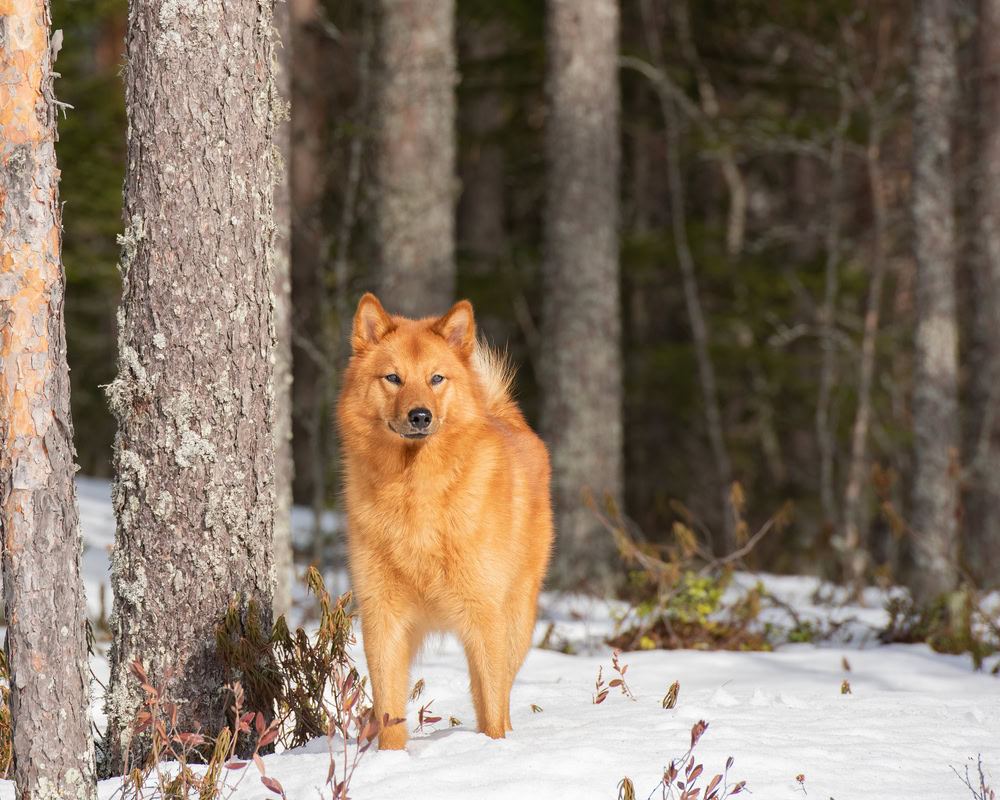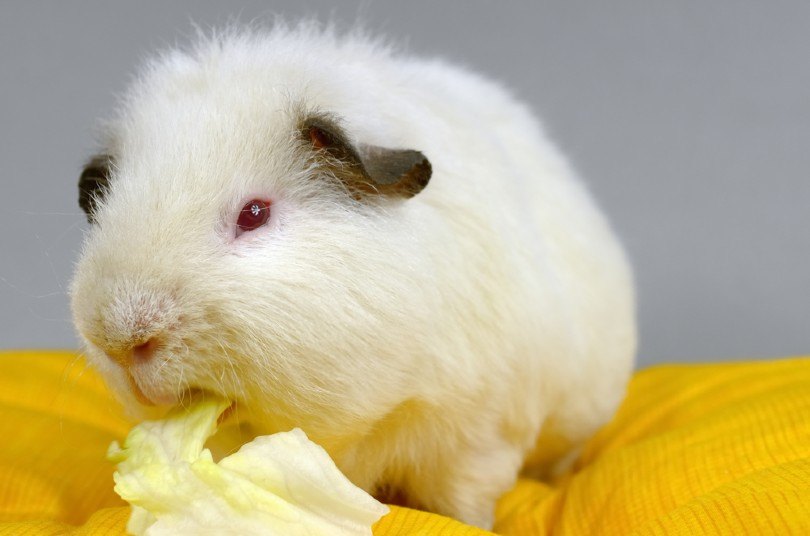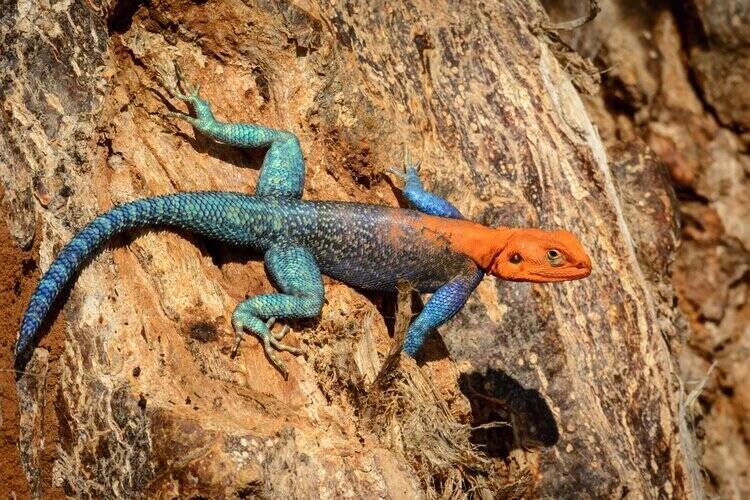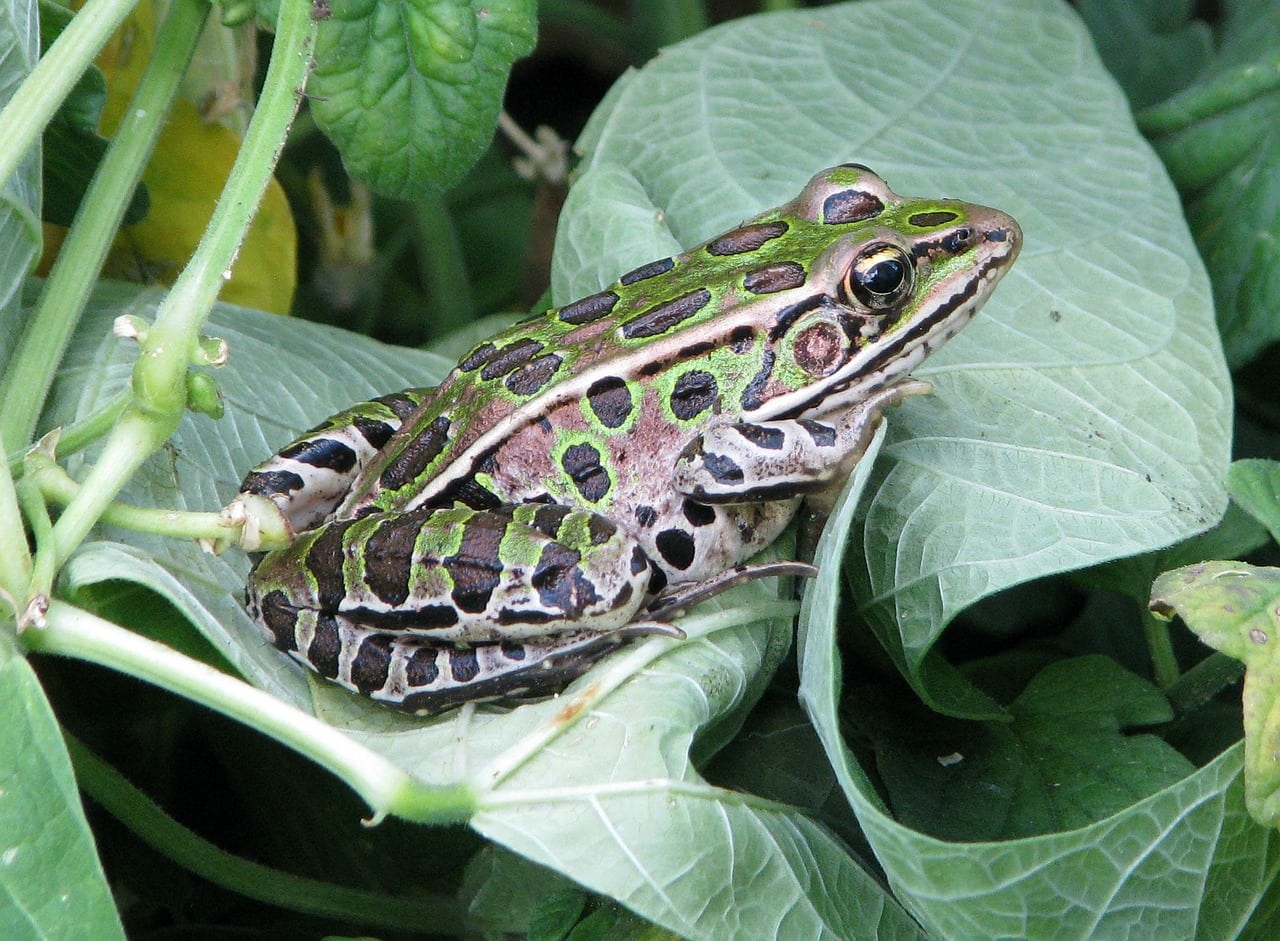VET APPROVED

The information is current and up-to-date in accordance with the latest veterinarian research.
Learn more »One question that vets often dislike being asked is “What is the healthiest dog breed?”
The reason we dislike it is that it’s a really tough and delicate one to answer, because the more you learn about each dog breed, the more you know about the different health problems that they can be susceptible to! When humans started to selectively breed dogs for desired traits like appearance, obedience, retrieving, or hunting, they often didn’t realize that they were not necessarily selecting the healthiest dogs to breed from. By creating breeds as we know them today, we strayed from the rules of natural selection and survival of the fittest.
Now that we have a better understanding of genetics and inherited traits, many ethical breeders are trying to choose dogs based on health, but it will take a long time and hard work to get to a point where all dog breeds are relatively free from genetic health issues. That being said, there are some breeds—particularly those created for work—that are considered to be healthier than others.
How Did We Create Our List?
Some people think that the breeds that live the longest would be the healthiest, but that isn’t necessarily the case. Certainly, longevity is one indicator of good health, but it doesn’t necessarily reflect the condition in which that dog reaches old age. A classic example is the Chihuahua. Although we consider these pint-sized canines to be relatively robust, and they do live longer than most other dogs, they usually do so with a number of health problems. Their small size allows their cardiovascular system to function at a fairly leisurely pace, which is the main reason they boast an impressive life expectancy. Despite this, a large proportion of Chihuahuas are affected by heart disease, dental problems, neurological issues, and respiratory difficulties.
We used the following parameters to assess the health of dog breeds to create our list:
- Prevalence of congenital health problems (eg. hip dysplasia)
- Prevalence of acquired health problems (eg. arthritis, allergies)
- Morphological and physiological mutations and aberrations (eg. brachycephaly, skin folds)
- Lifespan
This list is somewhat subjective, and is by no means completely exhaustive, so don’t be discouraged if your favorite breed didn’t make it to the Top 20.

1. The Mongrel
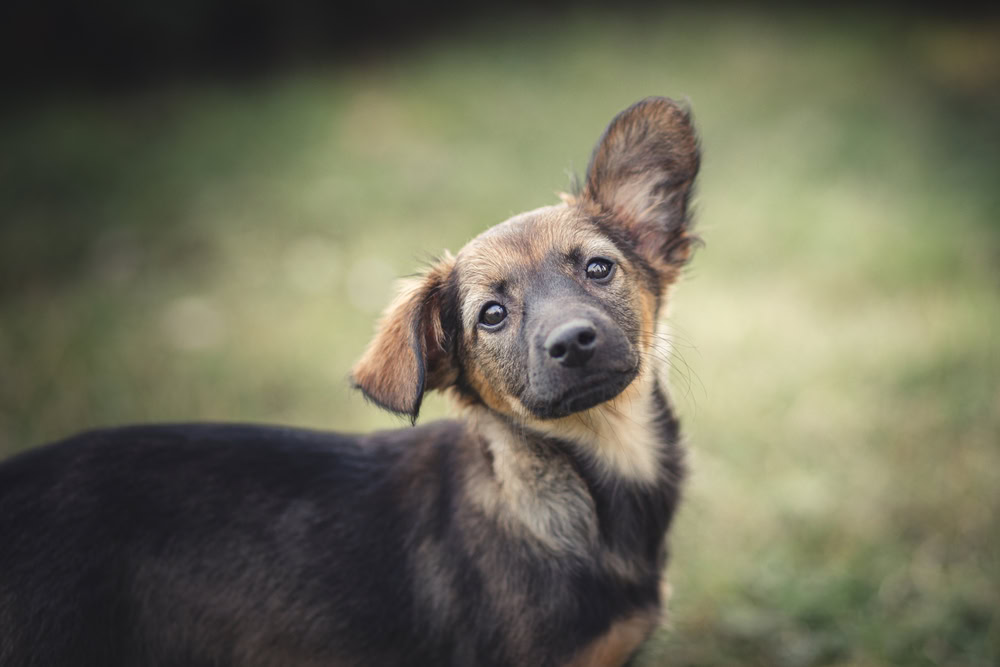
| Trait | Rating |
| Congenital problems | 5/5 |
| Acquired problems | 5/5 |
| Mutations/Aberrations | 4/5 |
| Lifespan | 12+ years |
We’re not talking about the hybrids, designer breeds, -oodles and -poos. This is the all-sorts, mutt, mixed breed, mongrel; the dogs who are the result of fairly liberal breeding, stray backgrounds, borderline feral. Essentially, if these dogs have survived on the streets, they’ve got to be made of pretty tough stuff, and they’re often as close to ‘survival of the fittest’ as we’ll see in domestic dogs.
You might not know exactly what you’re getting when you adopt a ‘bitsa’, but their genetic diversity makes them far less likely to come with a slew of health problems.
2. Australian Cattle Dog
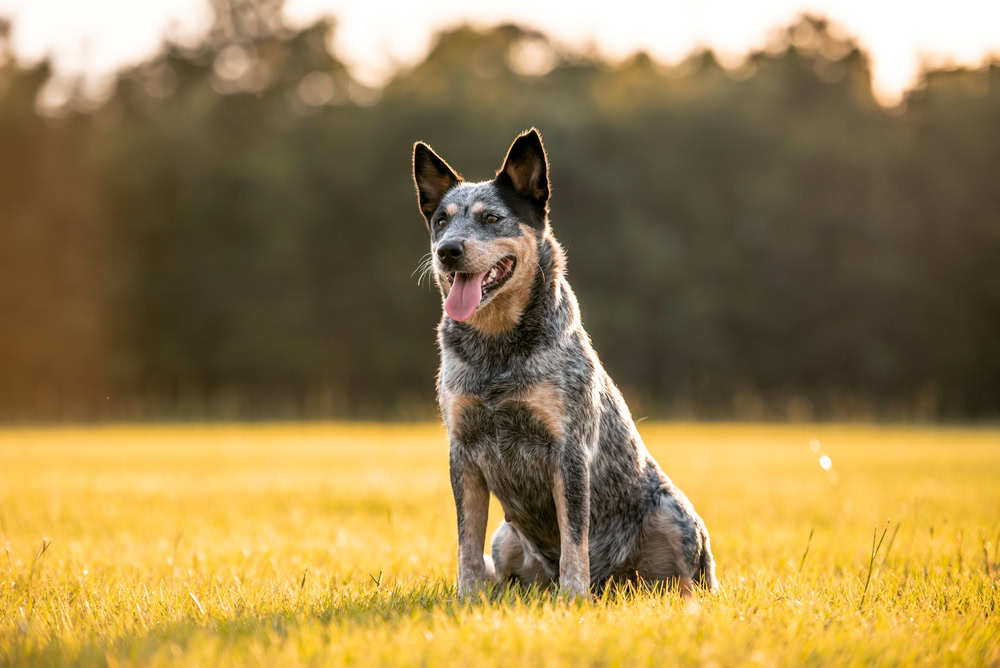
| Trait | Rating |
| Congenital problems | 4/5 |
| Acquired problems | 4/5 |
| Mutations/Aberrations | 5/5 |
| Lifespan | 12-16 years |
Also known as the Red or Blue Heeler, these robust and muscular dogs were bred to thrive in the harsh conditions of rural Australian cattle stations. They were originally the product of English settler’s dogs breeding with the ancient Australian Dingo, and their hardy nature, stamina, and enthusiasm made them ideal herding dogs. An ideal companion for the active owner, these canines can become frustrated if not given enough mental and physical stimulation.
3. Siberian Husky
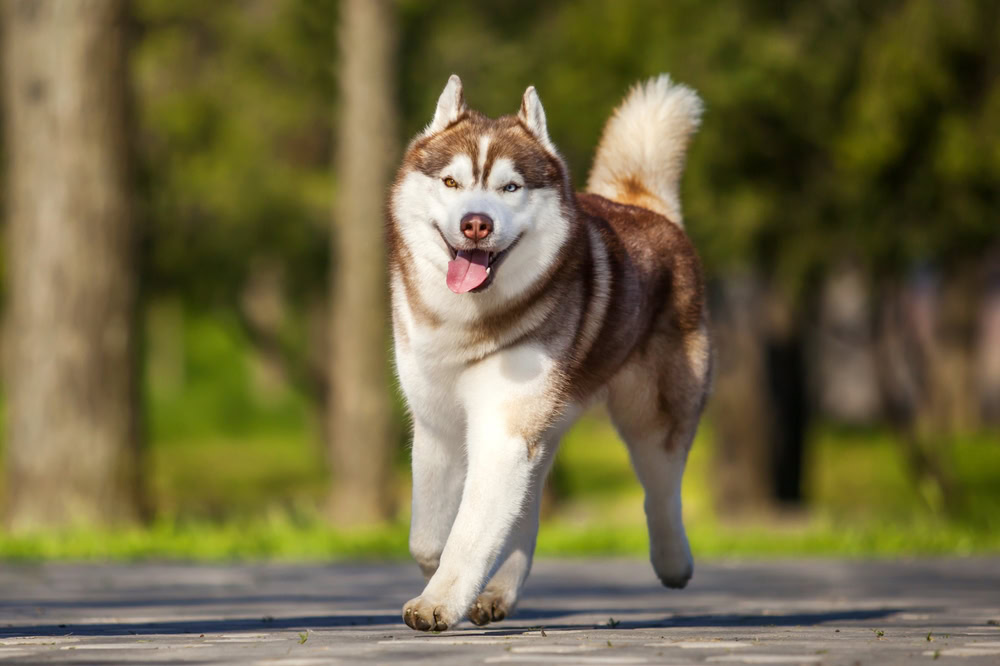
| Trait | Rating |
| Congenital problems | 4/5 |
| Acquired problems | 5/5 |
| Mutations/Aberrations | 5/5 |
| Lifespan | 12-14 years |
If you’re looking for a dog with the health of a wolf, look no further than the dog that resembles a wolf! Siberian Huskies were bred to withstand the harshest of conditions whilst pulling heavy loads, and unhealthy dogs would not do well in a sled team! There is a small incidence of inherited neurological disorders in some huskies, but this is being largely eradicated through testing and mindful breeding.
4. Pyrenean Shepherd
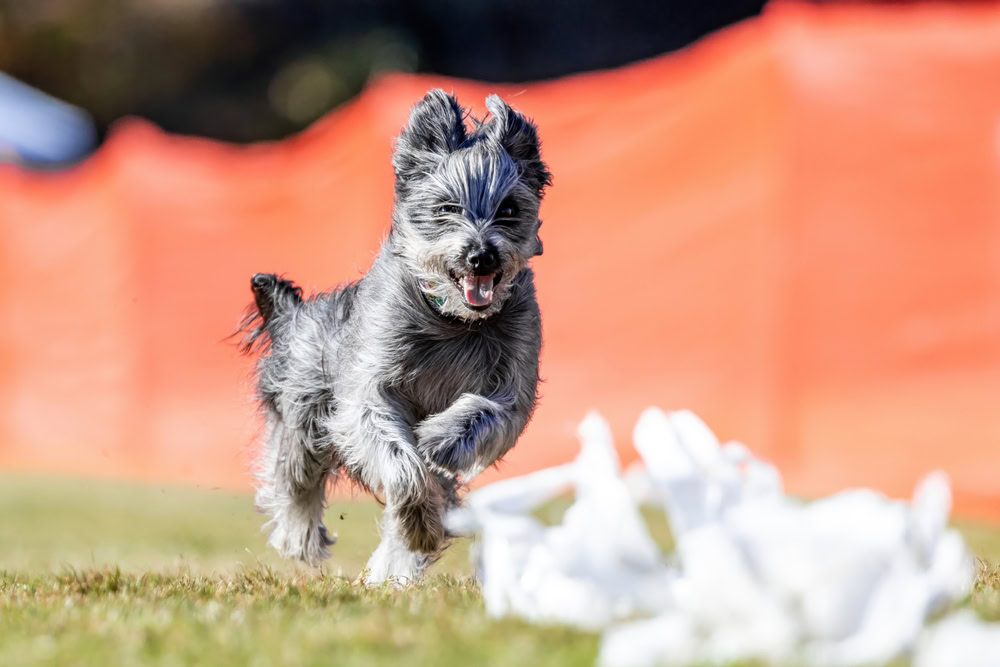
| Trait | Rating |
| Congenital problems | 3/5 |
| Acquired problems | 5/5 |
| Mutations/Aberrations | 5/5 |
| Lifespan | 17-19 years |
Also known as the Pyrenean Sheepdog, these compact dogs are the perfect balance of scruffy and silky, cuddly and active. Not to be confused with the larger Pyrenean Mountain Dog, ‘Pyr Shep’ is a playful companion who can be a little eager to protect what’s theirs, but with lots of socialization and training, are loyal and fun-loving dogs who will be in your life for many years. They are prone to some eye problems, which responsible breeders will screen for.
5. Greyhound
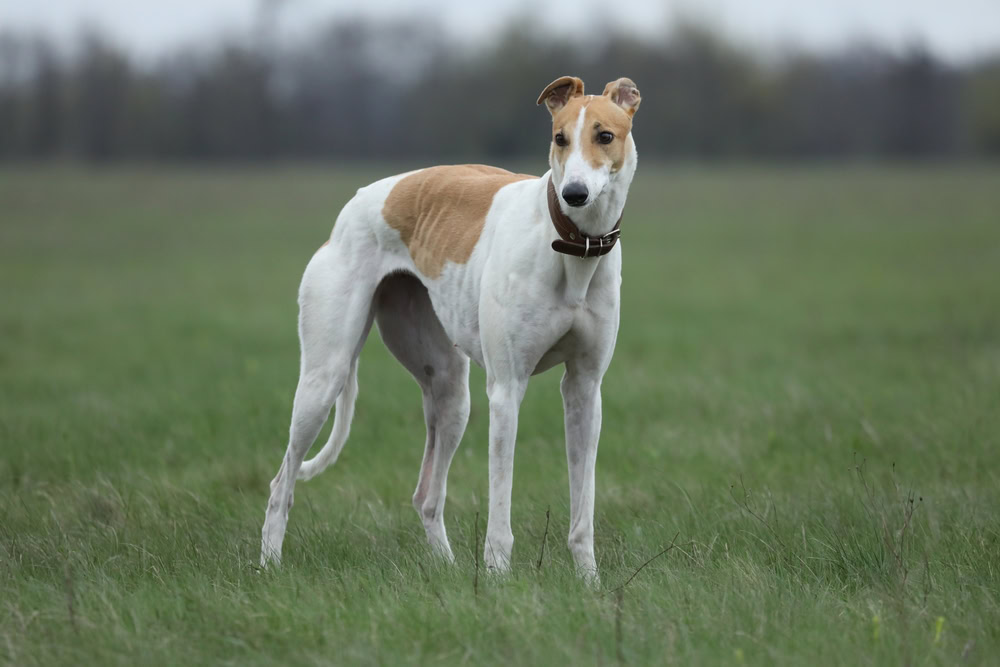
| Trait | Rating |
| Congenital problems | 4/5 |
| Acquired problems | 3/5 |
| Mutations/Aberrations | 5/5 |
| Lifespan | 10-13 years |
Known for their speed on the racetrack, Greyhounds are actually known for being couch potatoes in the home! Despite their size, they can make suitable dogs for smaller homes or even apartment life, provided they are given the opportunity to stretch their graceful legs once or twice a day. Their deep chests can predispose them to bloat and gastric torsion, so it’s important to make sure they don’t eat for several hours before and after exercise.
6. Border Collie
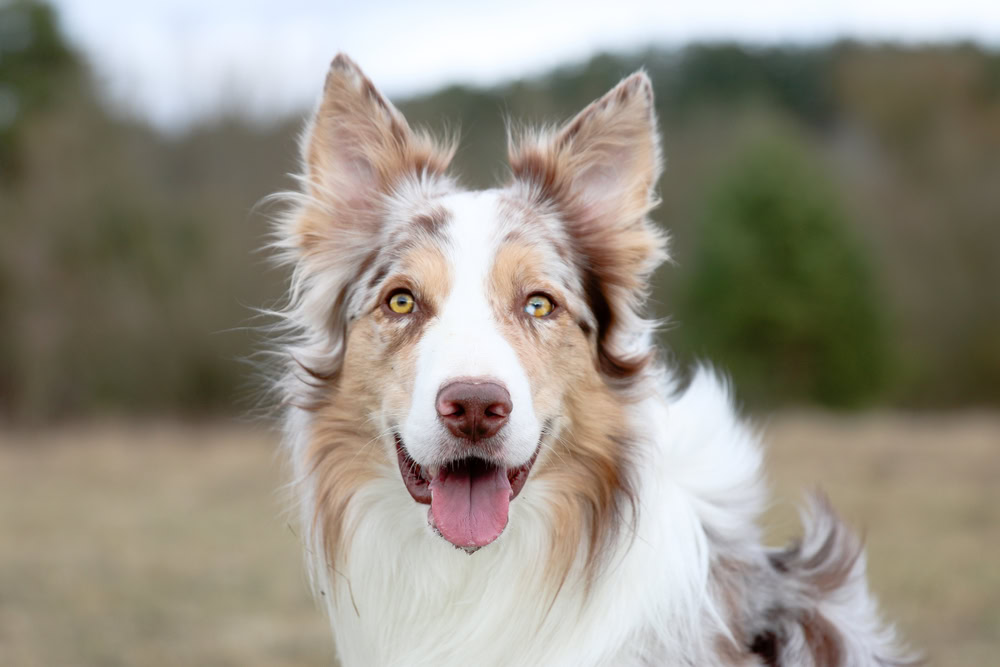
| Trait | Rating |
| Congenital problems | 3/5 |
| Acquired problems | 5/5 |
| Mutations/Aberrations | 5/5 |
| Lifespan | 12-15 years |
Another dog bred for their skill in herding, the Border Collie is extremely intelligent, athletic, and loving. They are predisposed to some eye abnormalities and deafness, and some carry a genetic mutation that makes them particularly sensitive to certain medications. Overall, however, they are a healthy and robust dog that is happiest when kept active and stimulated, and healthiest when kept lean.
7. Belgian Malinois
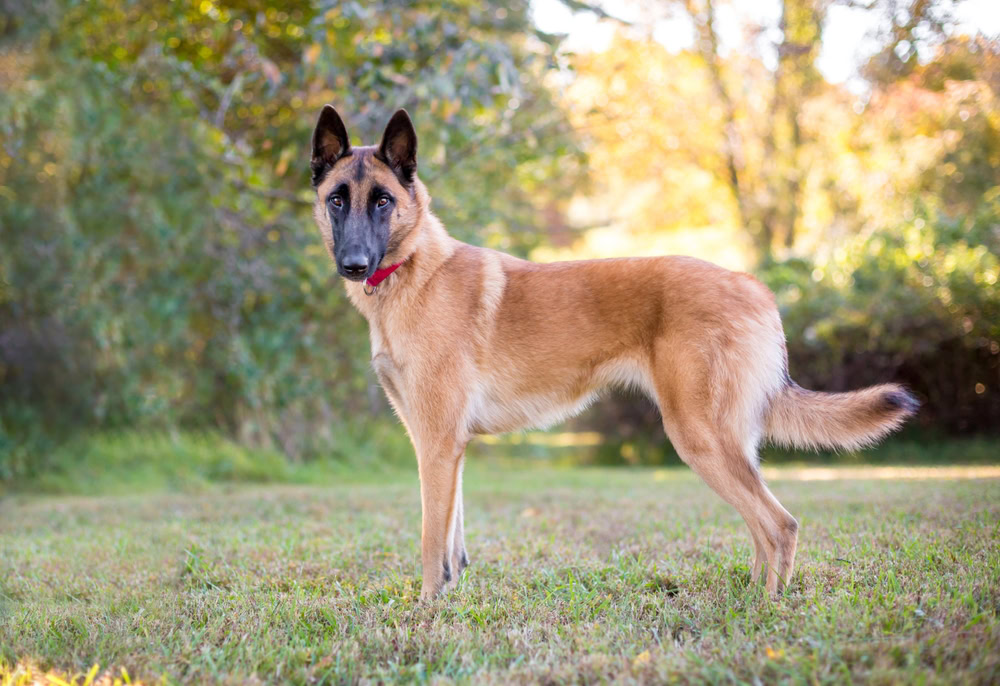
| Trait | Rating |
| Congenital problems | 4/5 |
| Acquired problems | 4/5 |
| Mutations/Aberrations | 5/5 |
| Lifespan | 14-16 years |
Famously rounding out many police, security, and military teams, the Malinois is an excitable, enthusiastic, and highly trainable dog that thrives on being challenged. Apart from some rare eye issues, elbow dysplasia, and arthritis, these dogs are fit, healthy, and love to be active. The main issue faced by this breed is when they find themselves in an environment that does not provide them with the mental and physical stimulation they need, making them ideal working dogs.
8. American Staffordshire Terrier
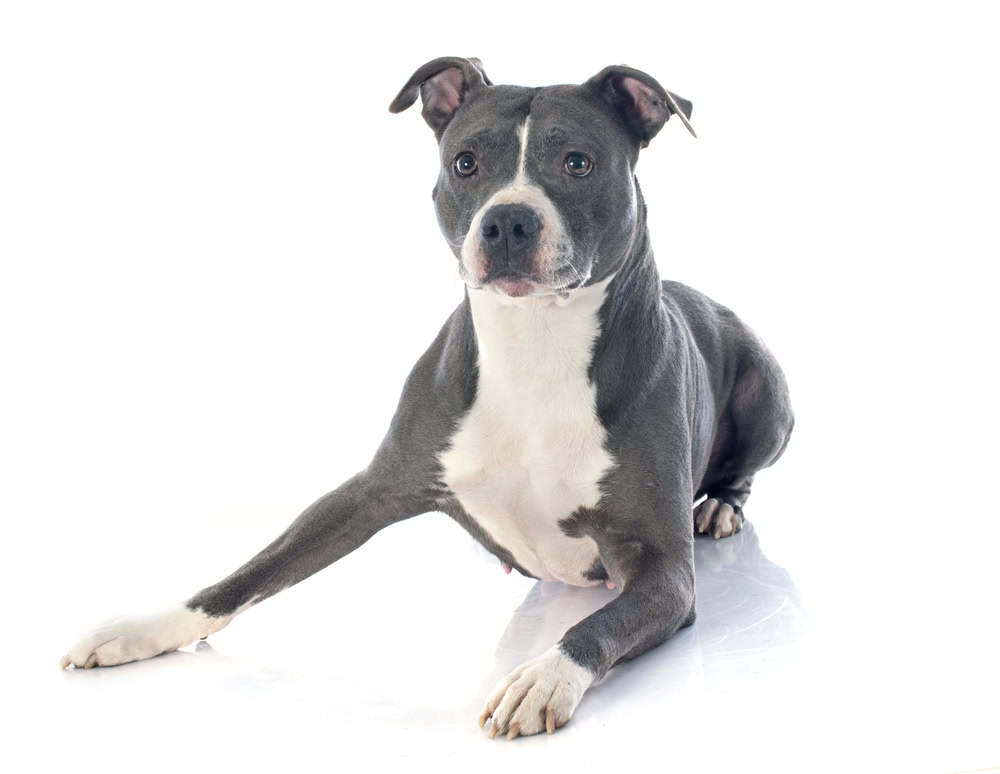
| Trait | Rating |
| Congenital problems | 3/5 |
| Acquired problems | 4/5 |
| Mutations/Aberrations | 5/5 |
| Lifespan | 12-16 years |
American Staffordshire Terriers are known for being resilient, robust, and always ready for action. They do have a reputation for being reactive to other dogs, but this is a trait easily overcome with early socialization. As a breed, they are known to suffer from food allergies and intolerances, so itchy skin and a dodgy tummy should not be ignored.
9. Jack Russell Terrier
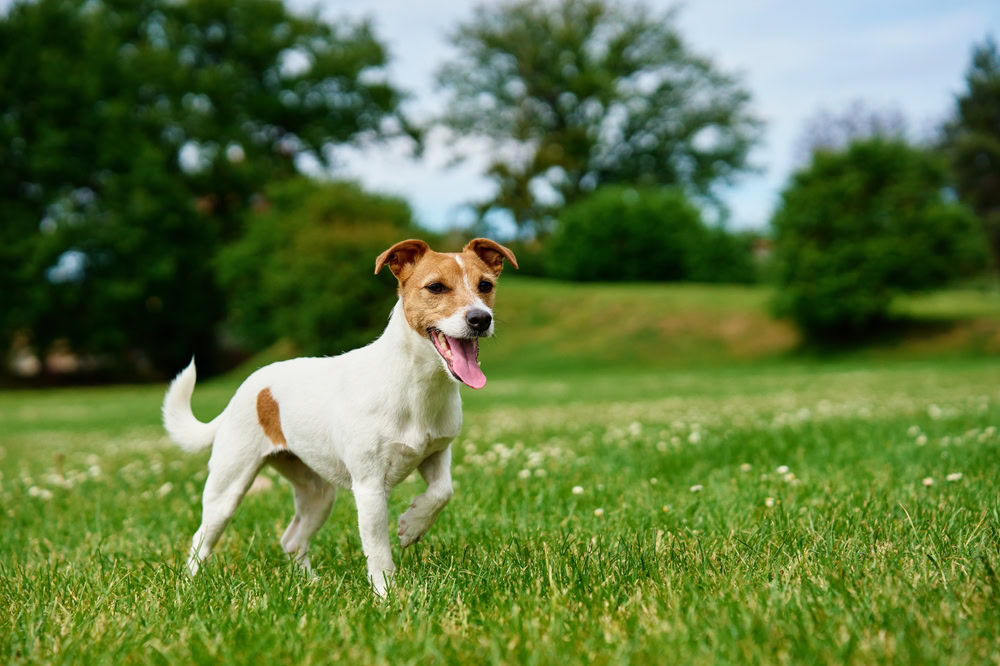
| Trait | Rating |
| Congenital problems | 4/5 |
| Acquired problems | 4/5 |
| Mutations/Aberrations | 3/5 |
| Lifespan | 12-14 years |
If you look up the word ‘tenacious’ in the dictionary, you’re sure to find a picture of a Jack Russell Terrier. Bred to help keep rat populations under control, these energetic little dogs are always up for anything. They can become ball-obsessed, so be sure to stick to throwing limits! Some of these terriers have angular deformities of their limbs, so patella luxation (unstable kneecap) and arthritis can be an issue for them.
10. Foxhound
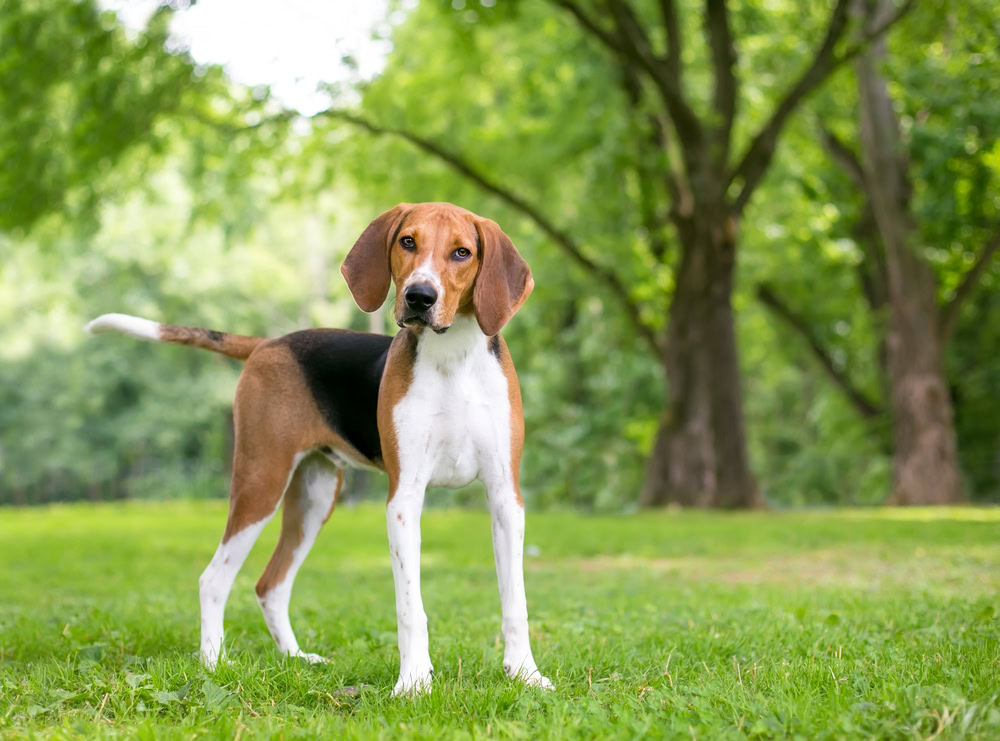
| Trait | Rating |
| Congenital problems | 5/5 |
| Acquired problems | 4/5 |
| Mutations/Aberrations | 5/5 |
| Lifespan | 10-13 years |
Both the English and American Foxhound are considered to be robust and healthy dogs, bred to take the lead on hunting parties. They are very prey-driven dogs and can be easily distracted by movement, though they are highly trainable and remarkably intelligent.
11. Berger Picard
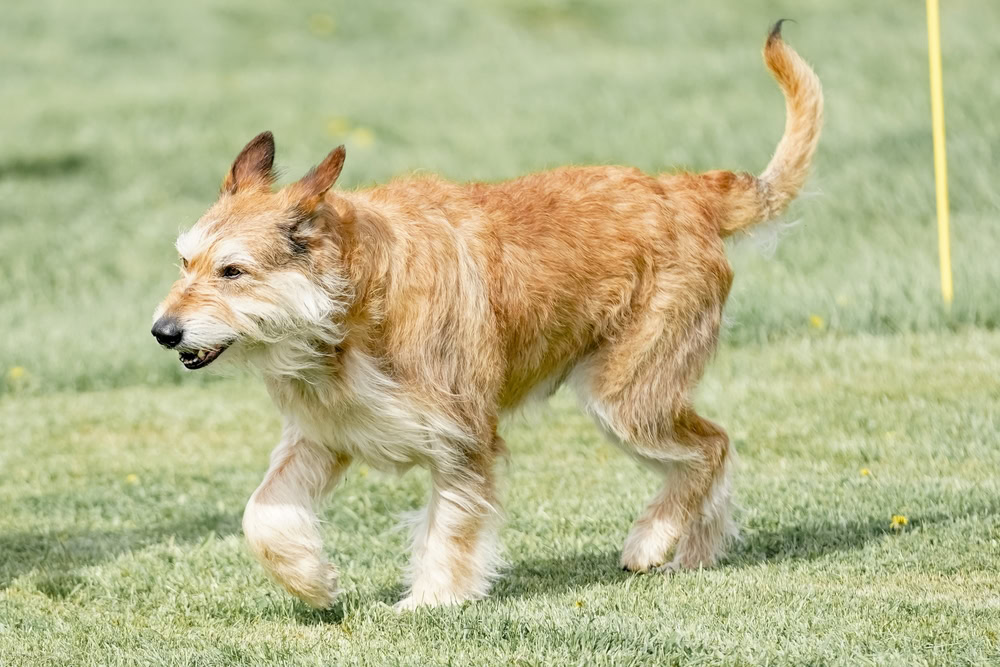
| Trait | Rating |
| Congenital problems | 5/5 |
| Acquired problems | 4/5 |
| Mutations/Aberrations | 5/5 |
| Lifespan | 12-13 years |
From a distance, you could be forgiven for thinking these gorgeous dogs are a scruffy, brindle crossbreed, but when you spot their distinctive, upright ears and bushy eyebrows, there’s no doubt you’re looking at the Berger Picard. Named for the French region of Picardy, they were often relied upon to keep flocks safe. They are intelligent, independent, and active, and need homes and owners that will provide them with plenty of exercise, clear boundaries, and strong leadership. And you’ll need to practice your pronunciation; it’s bere-jay pee-car.
12. Coton de Tulear
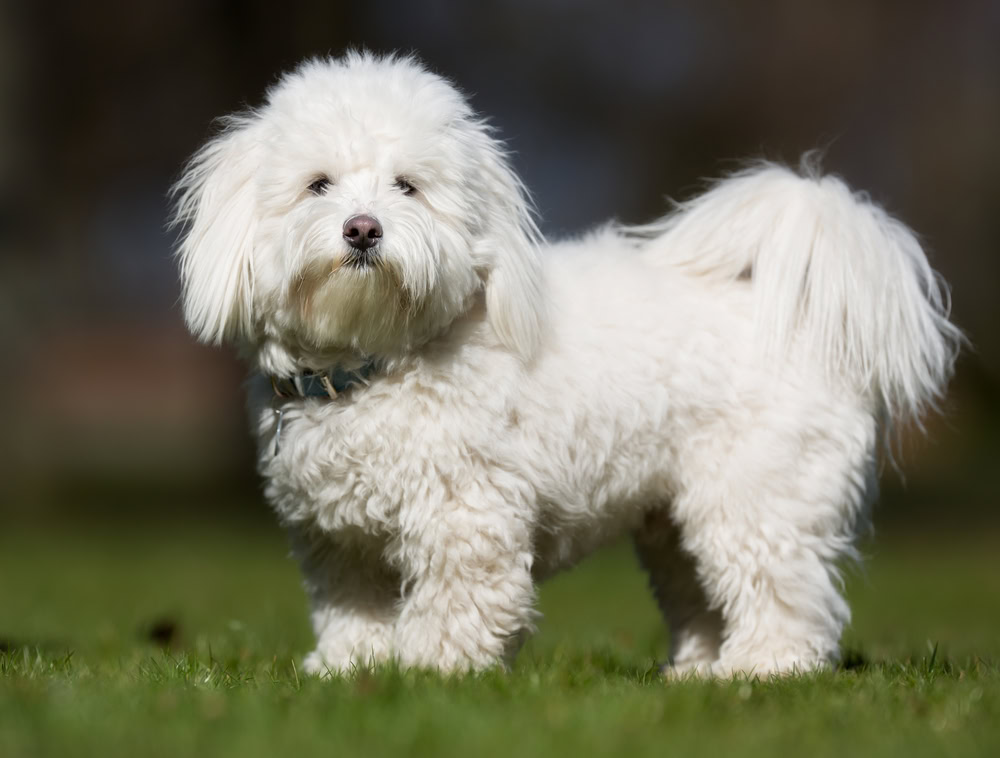
| Trait | Rating |
| Congenital problems | 5/5 |
| Acquired problems | 4/5 |
| Mutations/Aberrations | 4/5 |
| Lifespan | 15-19 years |
The Royal Dog of Madagascar, the Coton de Tulear is deceptively hardy given its pristine, silky white fur. They are great family pets, and highly trainable, but their thick coat does need regular grooming. Apart from patella luxation, which is common in many small breeds, the Coton is generally free from any significant health conditions.
13. Barbado da Terceira
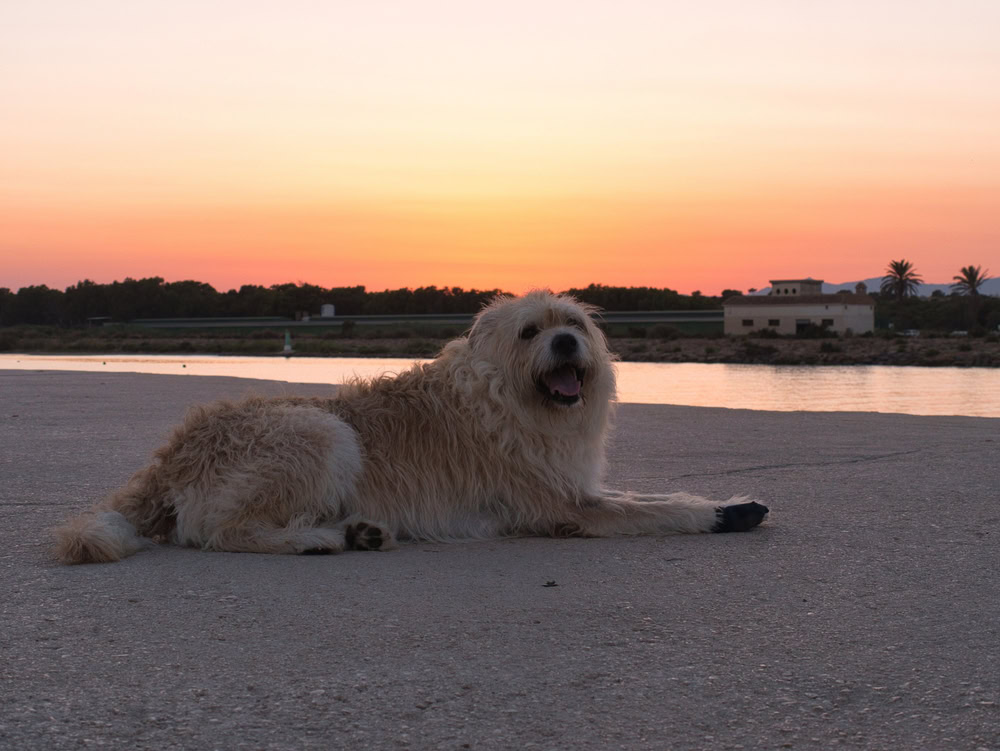
| Trait | Rating |
| Congenital problems | 4/5 |
| Acquired problems | 5/5 |
| Mutations/Aberrations | 4/5 |
| Lifespan | 12-14 years |
You might not have heard of these little sheepdogs, but you might want to change that! They might look like a diminutive fluffy lapdog, but the Barbado da Terceira is a robust and active dog from Portugal whose trainability and energy have made it a popular working dog on cattle farms, and through its friendly and amiable nature, has also become a popular family pet.
14. Australian Kelpie
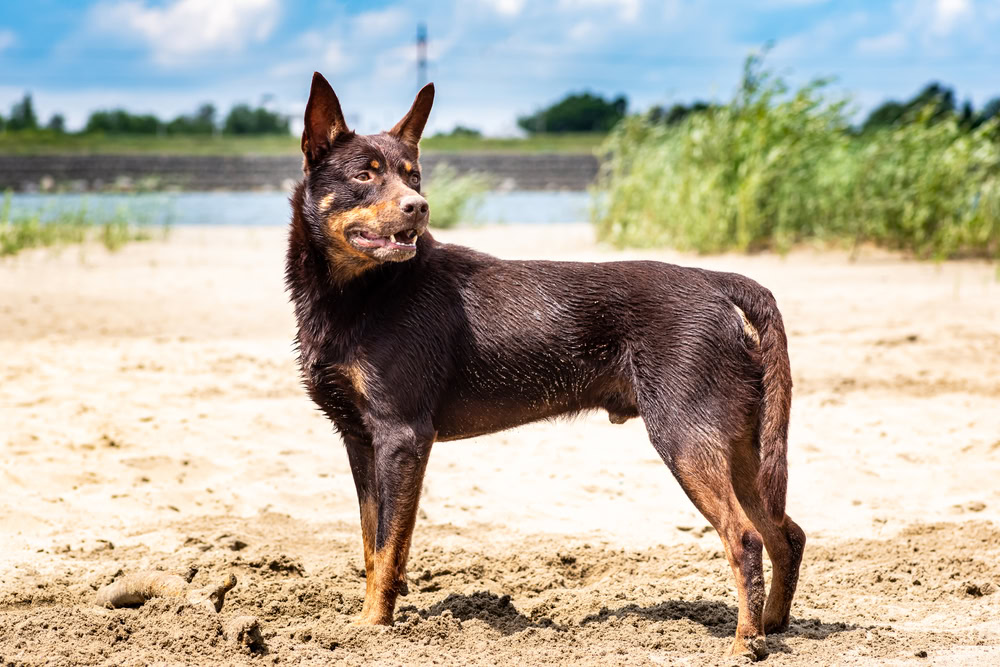
| Trait | Rating |
| Congenital problems | 5/5 |
| Acquired problems | 4/5 |
| Mutations/Aberrations | 5/5 |
| Lifespan | 10-13 years |
Another hard-working dog from Down Under, the Kelpie is as fit and tough as they come. They are always on the go, always vigilant, and always ready to work or play. Easily bored and frustrated in urban environments, the Kelpie is happiest when they can run, chase, and enjoy the great outdoors, but also love to cuddle up with their family at the end of the day.
15. Brittany Spaniel
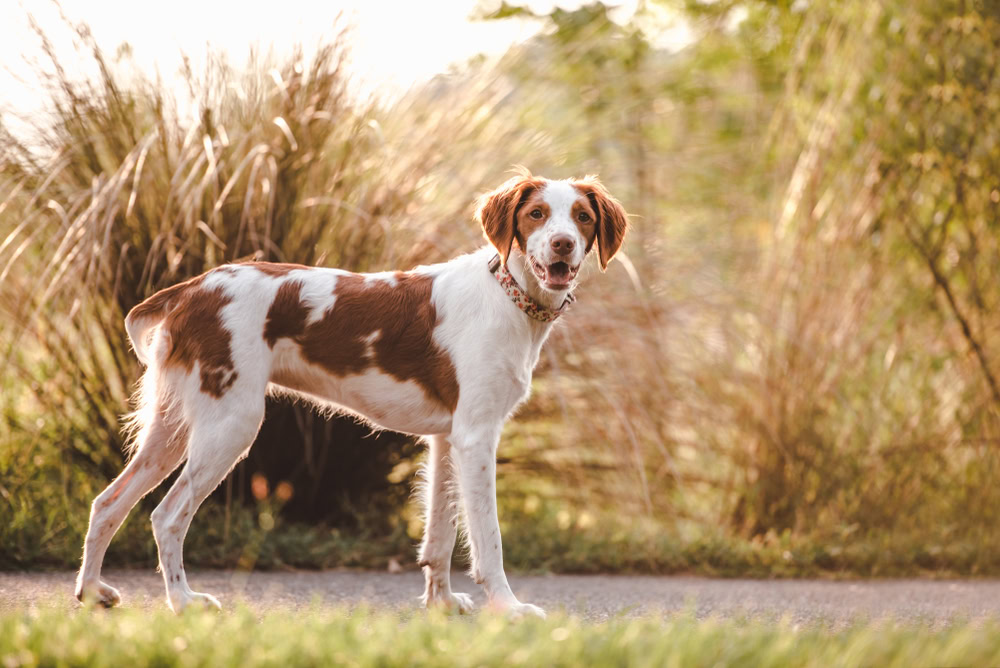
| Trait | Rating |
| Congenital problems | 5/5 |
| Acquired problems | 4/5 |
| Mutations/Aberrations | 5/5 |
| Lifespan | 12-14 years |
Developed as an all-rounder hunting companion in France, the Brittany Spaniel boasts both good looks and good working skills. The breed has become more popular as a pet these days, but they still enjoy stretching their legs in the countryside and flushing out birds from the undergrowth. These gentle dogs make great family pets and have no major health issues.
16. Papillion
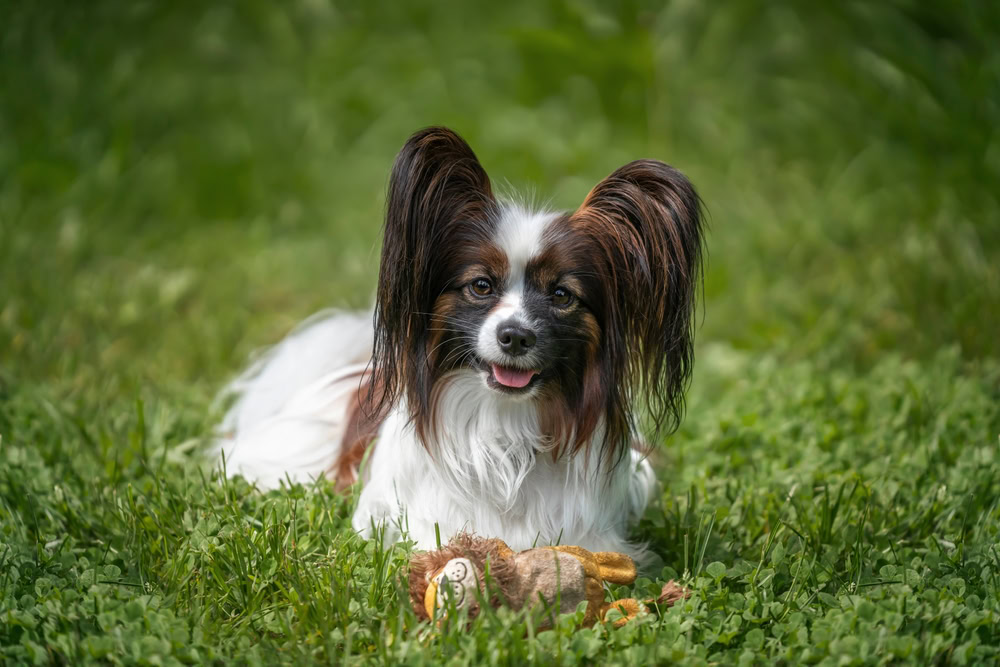
| Trait | Rating |
| Congenital problems | 4/5 |
| Acquired problems | 5/5 |
| Mutations/Aberrations | 3/5 |
| Lifespan | 14-16 years |
Their name means ‘butterfly’, which reflects both their beautiful ears, but also their flighty and light-footed nature. One of the more robust of the tiny dog breeds, the Papillon is a playful creature, packed with personality, who loves a good run almost as much as their owner’s lap. Like many small dogs, they can be prone to dental disease, so brushing and regular check-ups are particularly important.
17. Catahoula Leopard Dog
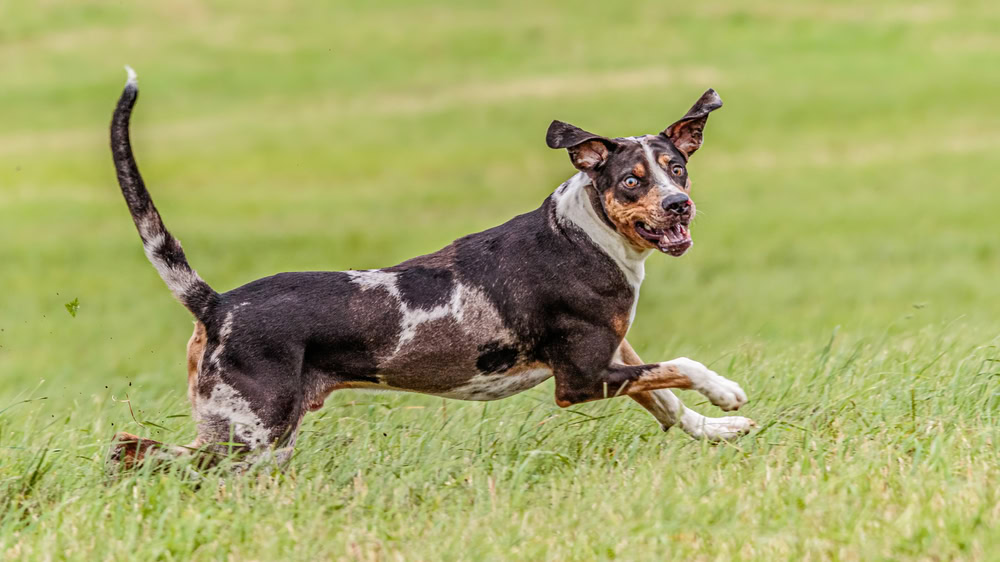
| Trait | Rating |
| Congenital problems | 5/5 |
| Acquired problems | 4/5 |
| Mutations/Aberrations | 5/5 |
| Lifespan | 10-14 years |
Believed to have originated as the favored dog of native Americans, the Catahoula Leopard Dog was created through the mixing of bloodhounds, mastiffs, greyhounds, and French hounds. The result is a very robust dog that is loyal and hardworking, but playful and affectionate too. They can be a handful and need clear boundaries and strong leadership.
18. Russian Toy
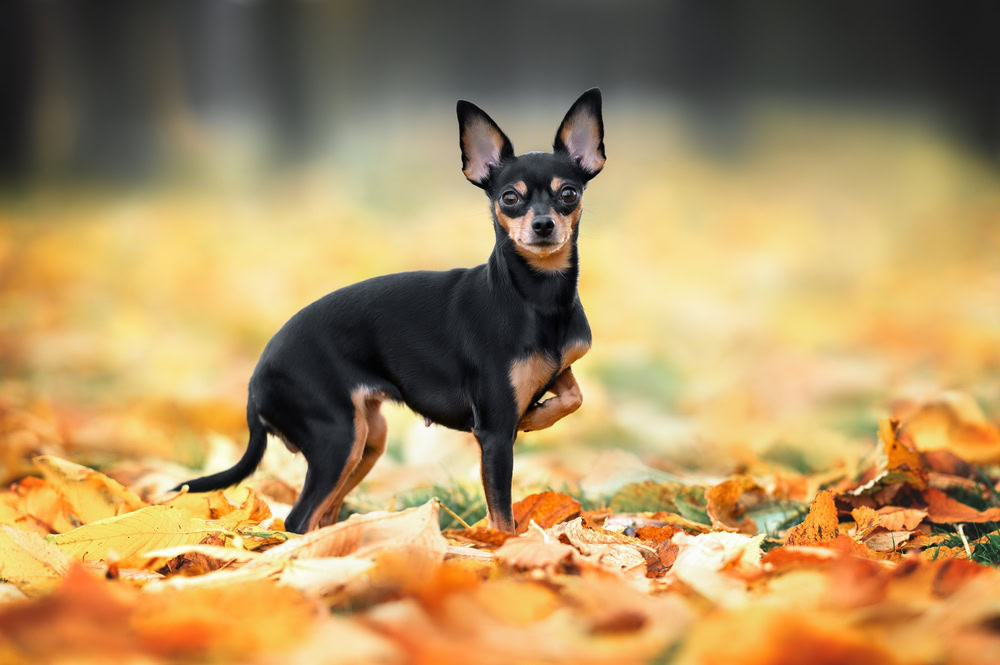
| Trait | Rating |
| Congenital problems | 4/5 |
| Acquired problems | 4/5 |
| Mutations/Aberrations | 3/5 |
| Lifespan | 12-14 years |
Battling it out with the Chihuahua for the smallest dog breed, the Russian Toy stands out from their Mexican counterparts, quite literally, with their impressive upright ears. The long-haired variety even gives the Papillon a run for their money! While these tiny little dogs may be somewhat delicate due to their size, they have not been quite so overbred in terms of conformation as the Chihuahua, and tend to have better-proportioned skulls and less protuberant eyes.
19. American Pitbull Terrier
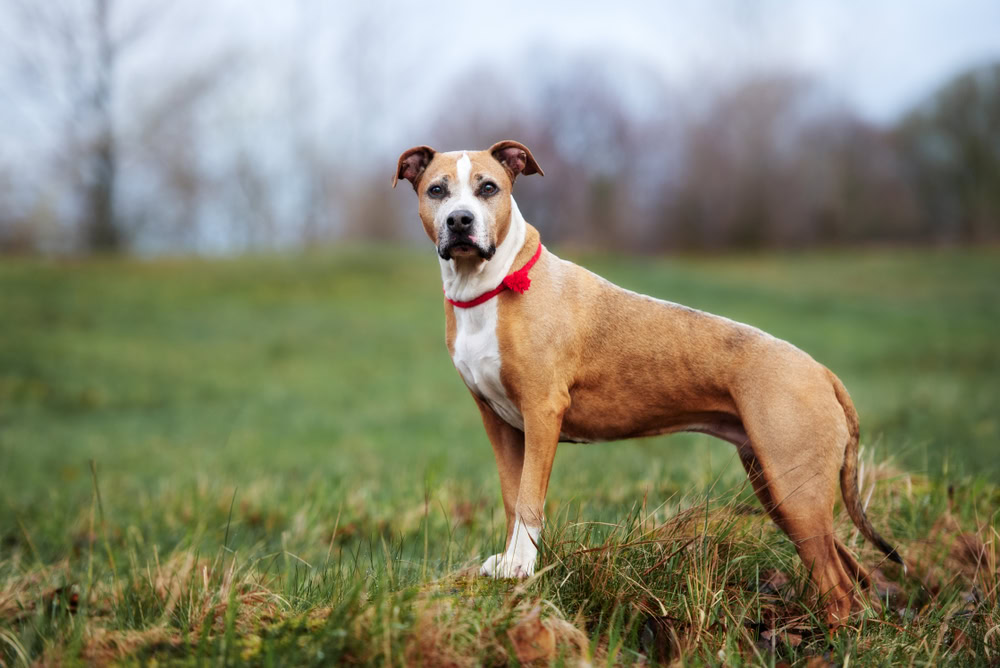
| Trait | Rating |
| Congenital problems | 4/5 |
| Acquired problems | 3/5 |
| Mutations/Aberrations | 4/5 |
| Lifespan | 11-14 years |
Although the Pitbull is not technically a recognized breed, they are far too popular and familiar to ignore. Their dog-fighting history and misuse by irresponsible owners have given these dogs a bad reputation, but the traits most breeders and owners seek in a Pitbull are their gentle and affectionate nature. With their early breeding focusing on strength and energy, the Putbull is quite a healthy breed, with very few recognized genetic issues. They can be prone to arthritis and skin problems, so be sure to add some extra collagen to their diet.
Early socialization, obedience training, and strong leadership are a must to ensure these loving dogs get off to the right start.
20. Finnish Spitz
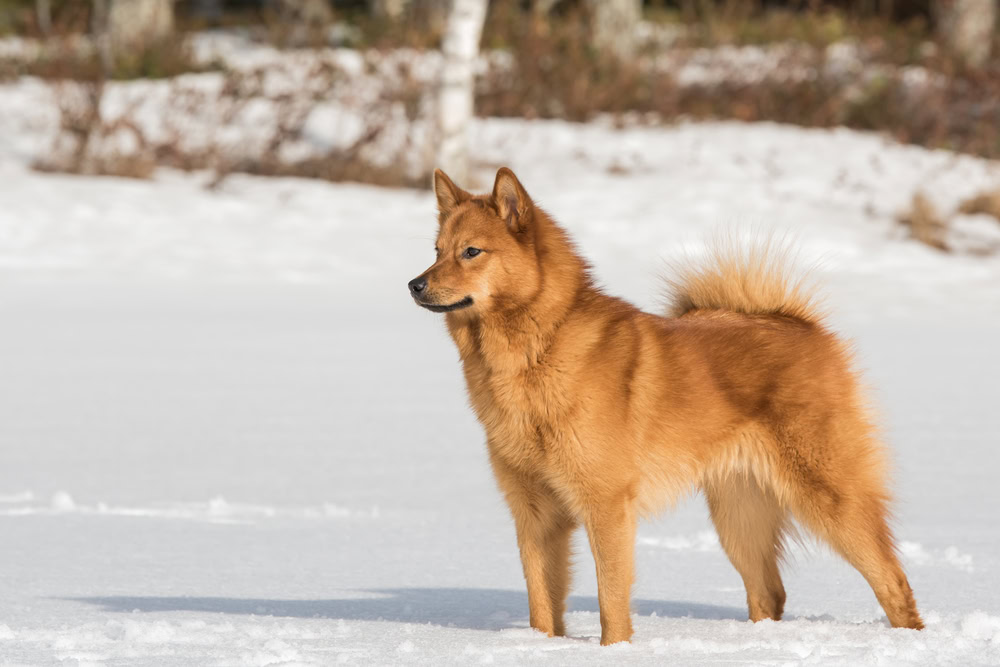
| Trait | Rating |
| Congenital problems | 5/5 |
| Acquired problems | 5/5 |
| Mutations/Aberrations | 4/5 |
| Lifespan | 13-15 years |
How appropriate to finish our list with the Finnish Spitz! With their lush golden coats and ever-so-dainty little run, the Finnish Spitz is sometimes known as ‘Finkies’, ‘Finns’, or, in their native Finland, Suomenpystykorva. This friendly, confident breed was a popular hunting companion, known for their unique ‘bird hypnosis’ technique, using a combination of ‘yodeling’ and tail movements. They were almost extinct by the late 1800s, but lovers of the breed managed to bring them back from the brink.

Summing Up
It’s important to be aware that every individual is different. The specific breeding history (including geographic location), rarity, diet, and lifestyle will all have a significant impact on the overall health of a dog. Choosing a dog from the list above does not guarantee you a long life with no vet visits, but these breeds carry a lower risk of inheriting health problems and enjoying a higher quality of life.
As always, providing your dog with a healthy, nutritionally balanced diet, plenty of exercise and enrichment, parasite prevention, vaccination, and regular health checks, are the best things you can do to give your pet the best chance of a long, healthy, and happy life. If you have questions about your dog’s health, behavior, or diet, don’t hesitate to make an appointment with the vet. You can even speak to one of our vets from the comfort of your home with PangoVet!
Featured Image Credit: Wirestock Creators, Shutterstock
Contents
- How Did We Create Our List?
- 1. The Mongrel
- 2. Australian Cattle Dog
- 3. Siberian Husky
- 4. Pyrenean Shepherd
- 5. Greyhound
- 6. Border Collie
- 7. Belgian Malinois
- 8. American Staffordshire Terrier
- 9. Jack Russell Terrier
- 10. Foxhound
- 11. Berger Picard
- 12. Coton de Tulear
- 13. Barbado da Terceira
- 14. Australian Kelpie
- 15. Brittany Spaniel
- 16. Papillion
- 17. Catahoula Leopard Dog
- 18. Russian Toy
- 19. American Pitbull Terrier
- 20. Finnish Spitz
- Summing Up
